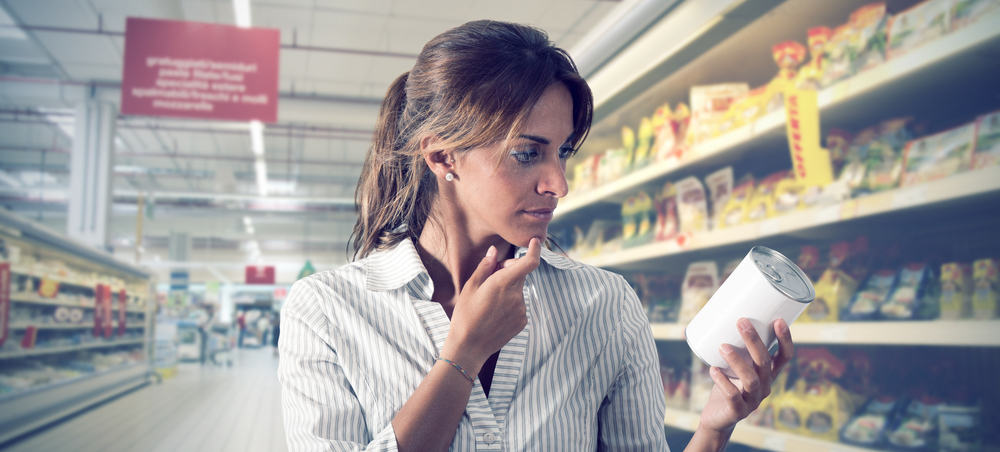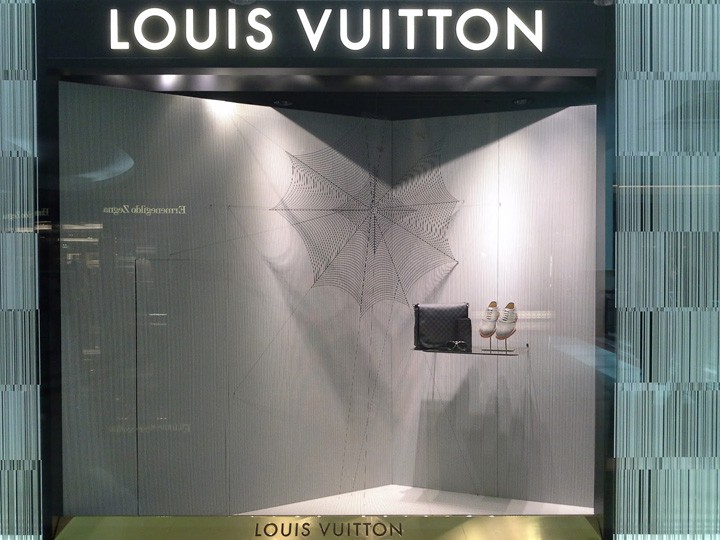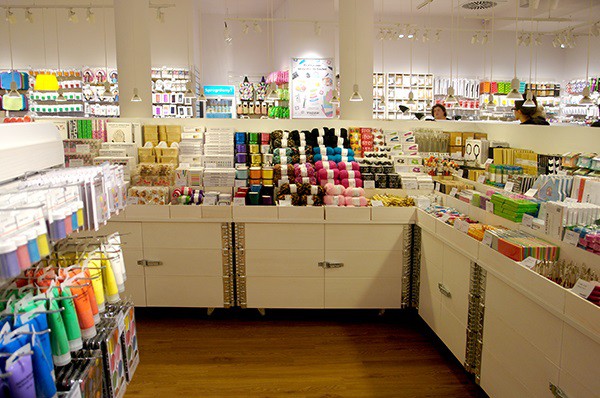The Psychology of Retail Store Design

A recent report found that 52% of shoppers won’t return to a store if they don’t like the aesthetics, and 93% of purchasing decisions are based on visual appearance, so it’s very important that you are tuned into the psychology of retail store design to maximise sales. You won’t be surprised to learn that all of the world’s most successful stores have a well-thought out structure designed to appeal to the consumer mind. Read on as we give you some tips on how you can use psychology to improve profits.
Make your windows stand out
People like to be enticed into your store, so you need to make sure your window displays are appealing and tell a story. The windows are what creates the first impression on the customer, and just like in business, you only get one chance to make a first impression! The perfect window display will use a single colour theme and avoid clutter – too many products creates an impression of low value while few products with plenty of space promotes luxury. If you follow how luxury retailers such as Louis Vuitton design their window displays, you’re on the right track.
Use an eye-catching display
Now that you’ve successfully persuaded people to come inside, the first thing you want them to do is slow down and take in the whole store. This can be achieved by placing an eye-catching display directly in front of them. You should stock your seasonal products or items that are on offer here to catch their attention, but make sure it’s not your most important products! Lots of supermarkets have a large colourful flower display right inside the door which people immediately notice and welcomes them to the store with a wonderful scent. If you are dealing with a small space, it’s important that this display grabs the customer’s attention, but doesn’t block their view of the rest of the store as they may leave if they don’t see what they like on the first set of shelves. The psychology of retail store design assumes that if a customer is happy in your store, they are more likely to spend money, so focus on creating a space that is a nice place to be.
Steer customers to the right
A huge part of consumer psychology is to create a pathway through the store for the customer that feels natural. Plenty of research has been done on customers actions as they enter a shop, and an overwhelming number naturally look left then to the right and continue to move counter clockwise around the store. Each aisle should end with an enticing display such as a U-shaped stand or a festive stand, which ensures that customers don’t get bored by long, continuous aisles that all look the same. When designing your customer flow path make sure important products are as far away from the door as possible, maximising time spent in store and the possibility of other products being purchased. A simple trick if your store layout doesn’t allow you to only steer people one way is to use the large front of shop display to create a wider path on the right hand side than on the left, which encourages people to go to the right.
Get your shelf height right
It may seem like common sense, but a lot of stores are still guilty of placing their most popular products on shelves that are too high or too low for customers to see and reach. Consumer psychology research has shown that people view products placed on low shelves as of lower value than those placed at eye level, so it’s a good idea to put your most popular products within easy reach.
We hope you’ve enjoyed reading about the psychology of retail store design, if you need more help and would like to talk to us, you can contact us on 01 539 4612 or email info@storebest.ie.


